Bridging Borders: fieldwork and synergy between Lithuanian and French colleagues
| by Ignas Antanavičius, Darius Danusevičcius, Darius Kavaliauskas, Valmantas Kundrotas, Nicolas Mariotte, Florence Jean, Ivan Scotti and Maurizio Menccucini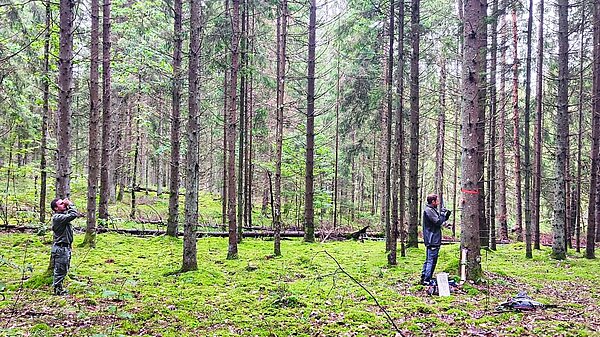
Ignas Antanavičius1, Darius Danusevičius 2, Darius Kavaliauskas 2, 3 ,Valmantas Kundrotas 4, Nicolas Mariotte 5 and Florence Jean 5, Ivan Scotti 5 and Maurizio Menccucini 9
In early September 2023, the European research project FORGENIUS6, brought together a French team from the National Research Institute for Agriculture, Food and Environment (INRAE), and their Lithuanian colleagues in the oldest Lithuanian Genetic Conservation Unit (GCU)7. This GCU also happens to be the biggest in the country, with 245,2 hectares, and it’s located in Pušinė forest (Žarėnai, Telšiai).
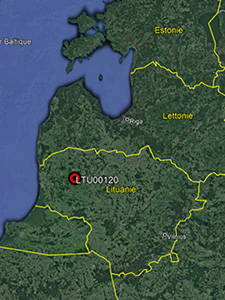
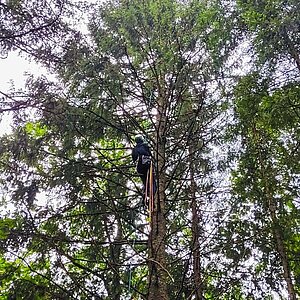
The French team, with support of the Lithuanian one, carried out measurements and samplings of biological materials in ten trees, following FORGENIUS Work Package 2 goals8. The adventure also comprised climbing high on those trees and collecting some of their branches. Afterwards, these were shipped to labs at the Ecological and Forestry Applications Research Centre (CREAF9) and INRAE10 in order to characterize the physiologist traits related to water use and growth involved in response to extreme climate conditions.
But tree-climbing was not everything. In addition to branch sampling, needles from 25 trees were collected for genotyping aims.
On another note, our Lithuanian colleagues from the Faculty of Forest Sciences and Ecology of the Vytautas Magnus University Agriculture Academy, are implementing a project on Norway spruce population genetics in Lithuania. Therefore, this was the perfect occasion to collect samples from the same trees for genotyping, utilizing both nuclear and chloroplast DNA markers. Additionally, they conducted a phenotypic evaluation with the objective of assessing the genetic diversity, structure, and variation of Norway spruce populations in Lithuania. The insights gained from this data collection on the phenotypic and genetic variation of spruce populations in Lithuania have the potential to facilitate more sustainable forest management practices and enhance their resilience.
FORGENIUS not only has given us an exceptional opportunity to exchange scientific and technical information with our colleagues, but also has strengthened the collaboration bonds between our teams and took us through a very enriching social experience.
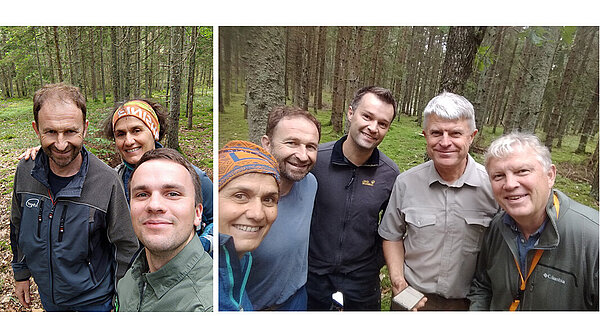
Photo right: Nicolas Mariotte
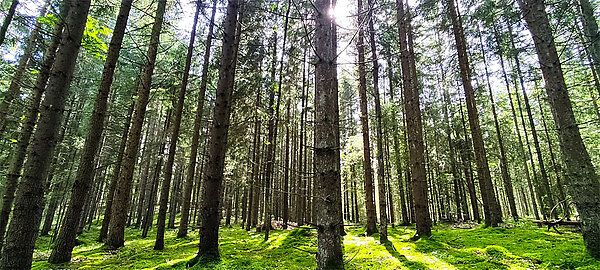
1 Lithuanian State Forest Service, Kaunas, Lithuania
2 Vytautas Magnus University Agriculture Academy, Faculty of Forest Sciences and Ecology, Lithuania
3 Lithuanian Research Centre for Agriculture and Forestry Institute of forestry, Lithuania
4 Lithuanian State Forest Enterprise, Lithuania
5 INRAE - Unité de recherche Écologie des Forêts Méditerranéennes (URFM- Avignon - France)
6 FORGENIUS (coordinator: Ivan SCOTTI)
7 EUFORGEN
8 WP2 : « Phenotypic characterisation and resilience to climate extremes » (leader : Maurizio Mencuccini)
9 CREAF (Maurizio Mencuccini)
10 INRAE Bordeaux
INRAE Clermont